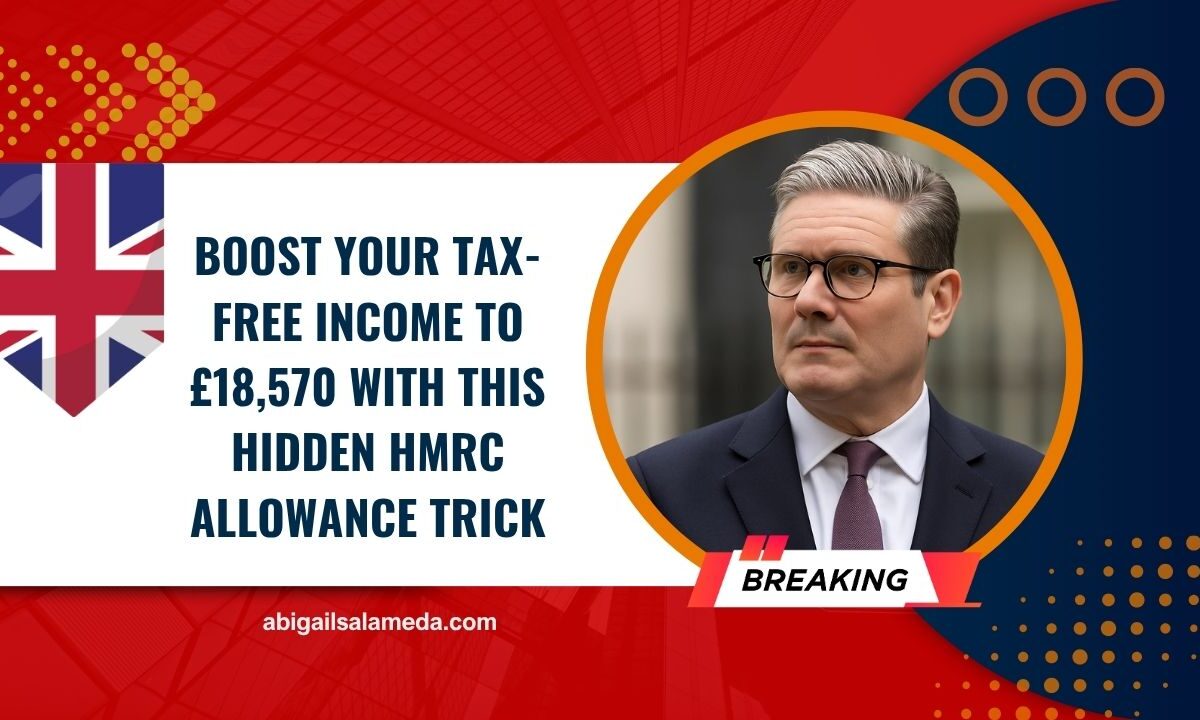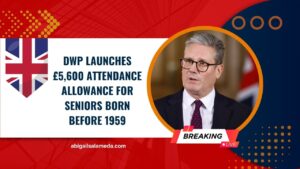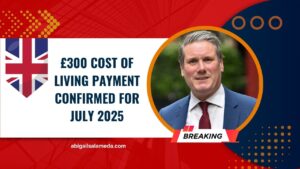Millions of UK residents may be eligible to increase their tax-free income to £18,570 thanks to a lesser-known HMRC savings loophole.
While the standard Personal Allowance for the 2025–2026 tax year remains at £12,570, eligible individuals can stack up other allowances like the Starting Rate for Savings and Personal Savings Allowance (PSA) to significantly boost their tax-free threshold.
This strategy can make a notable difference, especially for pensioners, savers, and part-time workers.
What Is the Tax-Free Personal Allowance in 2025–2026?
The Personal Allowance is the amount you can earn annually before you begin paying income tax. For most people, this remains at £12,570.
However, if your earned income (from a job or pension) is below this threshold, you could benefit from additional allowances:
- Starting Rate for Savings – Up to £5,000 tax-free interest.
- Personal Savings Allowance (PSA) – £1,000 for basic rate taxpayers, £500 for higher rate taxpayers.
When combined, these three allowances allow eligible individuals to earn up to £18,570 tax-free.
How the HMRC Loophole Works
The HMRC loophole is based on your total income and how it interacts with savings interest:
Components of the £18,570 Allowance:
| Allowance Type | Tax-Free Amount | Eligibility Conditions |
|---|---|---|
| Personal Allowance | £12,570 | Available to all unless income exceeds £125,140 |
| Starting Rate for Savings | £5,000 | Full amount available if other income is below £12,570 |
| Personal Savings Allowance | £1,000 | Available to basic rate taxpayers; £500 for higher rate taxpayers |
If your income from employment or pension is under £12,570, you can use the full Starting Rate for Savings. Add in the PSA, and your total tax-free income could reach £18,570.
Other Allowances You Might Qualify For
In addition to the above, HMRC offers other ways to legally reduce your taxable income:
- Marriage Allowance: Transfer up to £1,260 of unused Personal Allowance to your spouse, saving up to £252 annually.
- Trading Allowance: The first £1,000 of self-employment income is tax-free.
- Property Allowance: If you earn rental income (not through the Rent a Room Scheme), the first £1,000 is also tax-free.
- Dividend Allowance: Tax-free threshold for dividend income.
- Blind Person’s Allowance and Married Couple’s Allowance: Offer further reliefs.
Who Should Pay Attention to This Loophole?
This loophole is particularly useful for:
- Retirees with modest pensions or limited earned income.
- Savers who earn interest from ISAs, fixed savings accounts, or bonds.
- Part-time workers or freelancers with income under the personal threshold.
- Married couples where one partner earns significantly less.
Be aware: if your income exceeds £125,140, your Personal Allowance is fully withdrawn. For every £2 earned over £100,000, the allowance reduces by £1.
What Is the Personal Allowance Exactly?
The Personal Allowance is the annual income you can earn before being taxed. It is automatically applied by HMRC when calculating your tax if you’re employed or self-employed.
If you file a Self Assessment tax return, the same rule applies, and you can verify how much tax you’ve paid, your allowance, and your estimated tax for the rest of the year.
For individuals receiving extra allowances (e.g., Marriage Allowance or Blind Person’s Allowance), the tax-free threshold may be even higher depending on your situation.
The HMRC loophole offers a powerful way to increase your tax-free income legally. By combining the standard Personal Allowance, Starting Rate for Savings, and Personal Savings Allowance, eligible individuals could avoid paying any tax on up to £18,570 annually.
It’s a legitimate method under current HMRC rules and can particularly benefit low-to-middle income earners, pensioners, and those with modest savings.
Always review your tax code and allowances each year to make the most of what you’re entitled to.
FAQs
Who qualifies for the full £5,000 Starting Rate for Savings?
Anyone whose income from work or pensions is less than £12,570 in the tax year may qualify for the full £5,000 savings rate.
Does the £18,570 tax-free allowance apply to everyone?
No. You must meet certain income criteria, particularly having low earned income, to benefit from all three components of the allowance.
Can married couples both claim the £18,570 allowance?
Yes, provided both partners meet the income conditions individually. Additionally, they may benefit from the Marriage Allowance to reduce tax even further.




